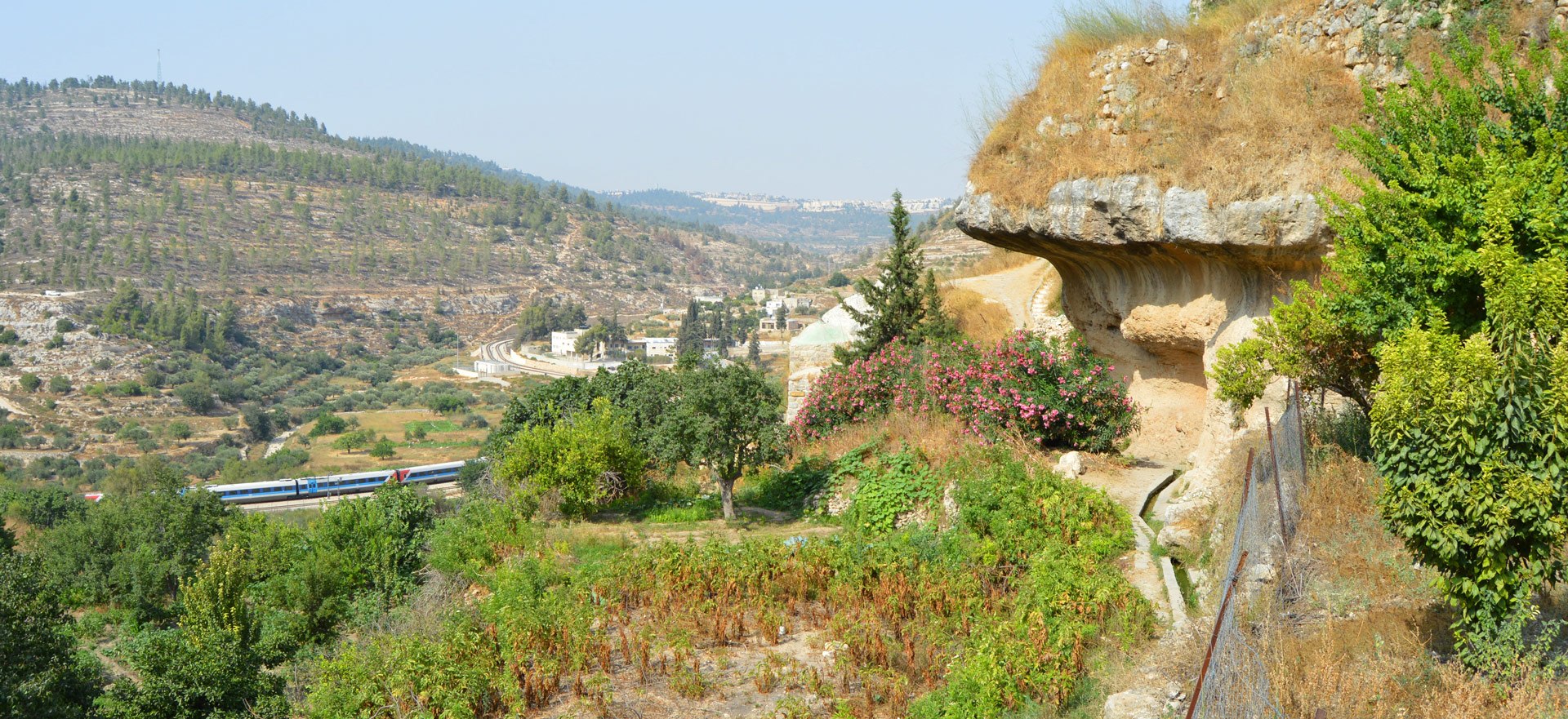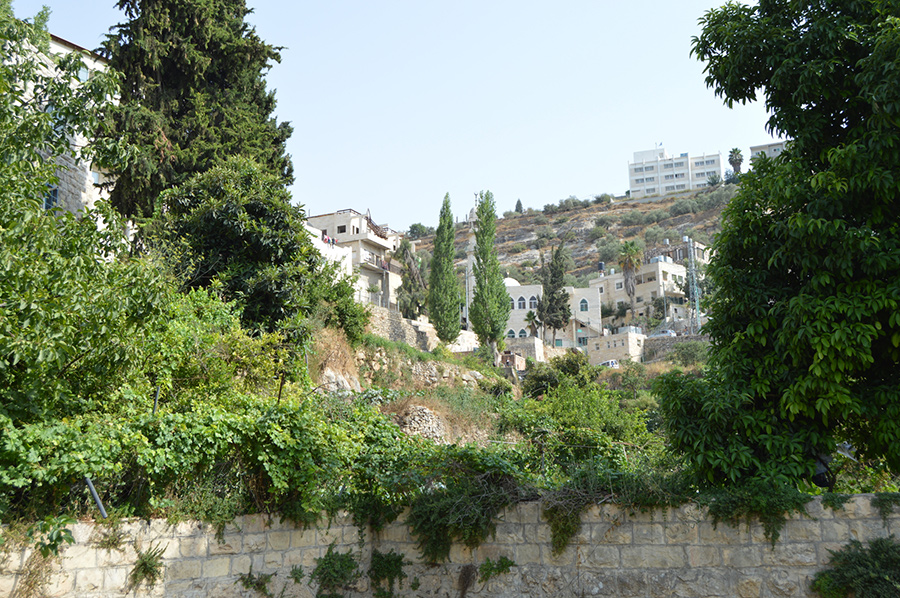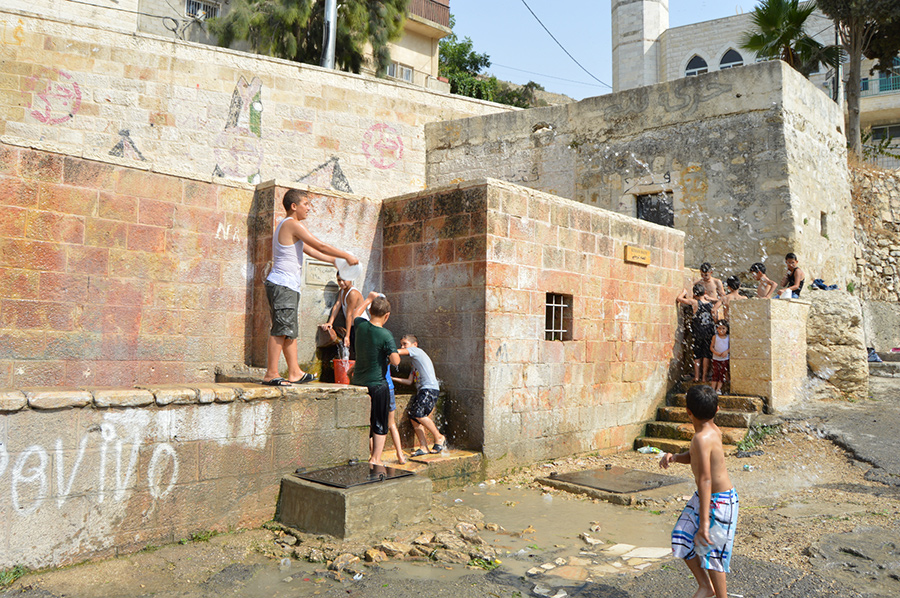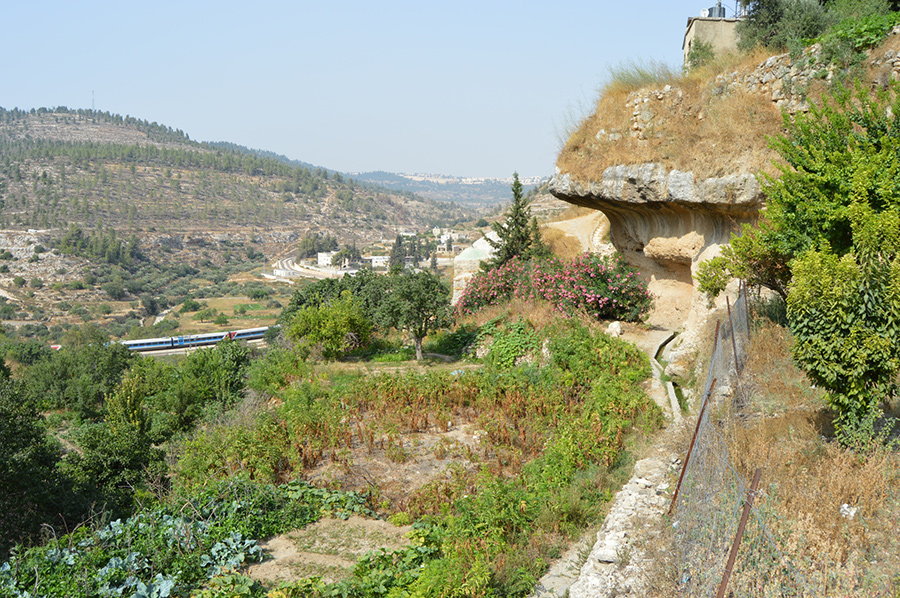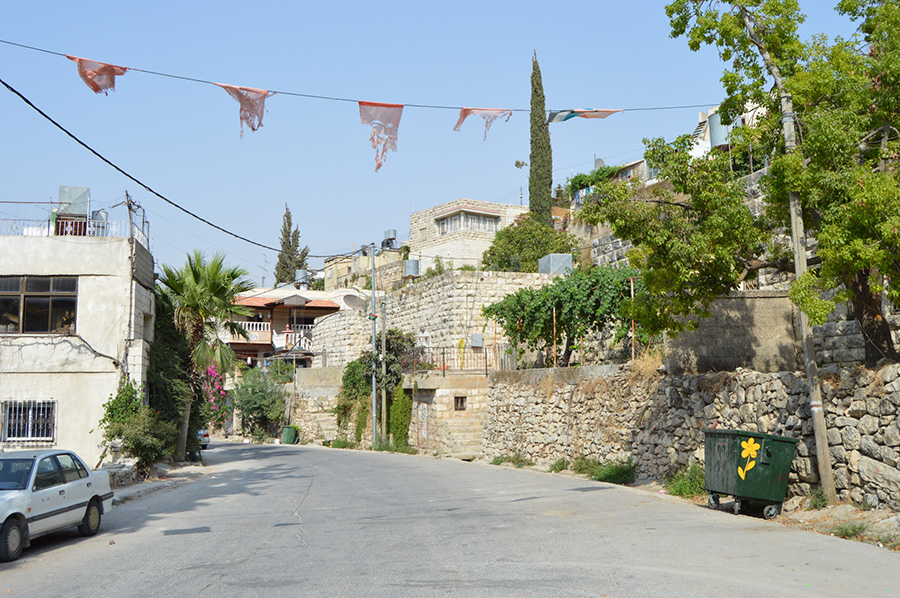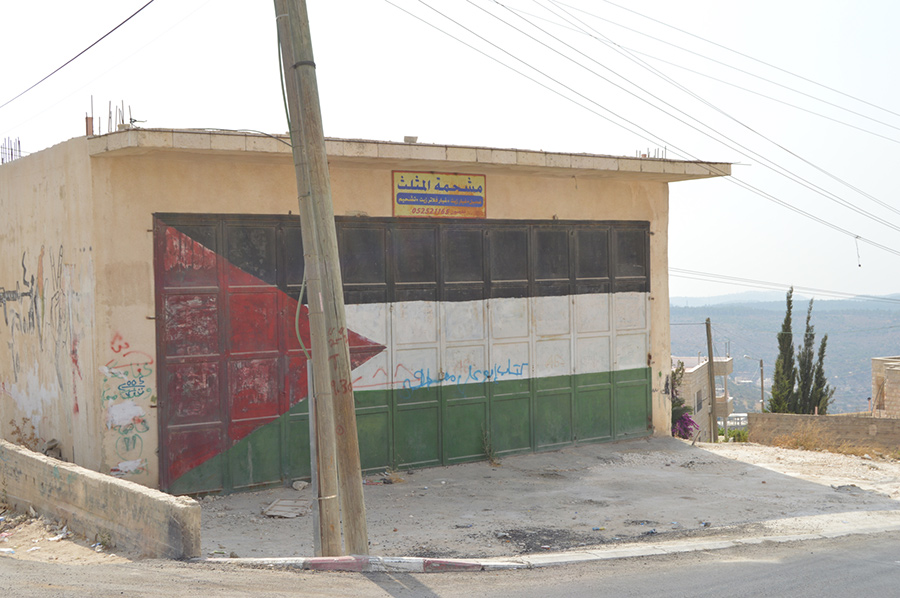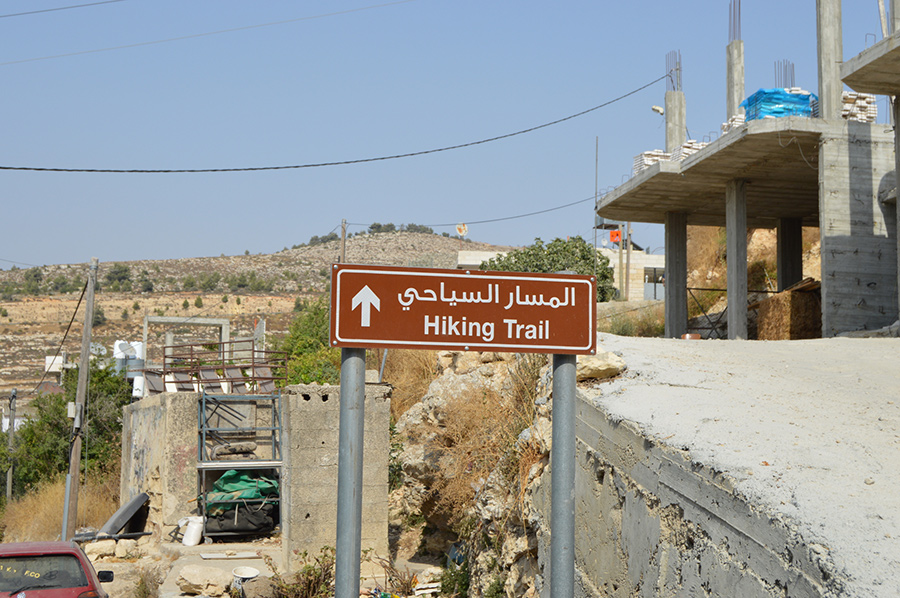Battir
This wonderfully charming and fertile village is not only one of the most beautiful places in the West Bank, it is also one of the most spirited. In 2012, Battir won a ruling to not have the Israelis’ separation wall erected, as it would have run through ancient stone terraces and cut villagers completely off from their land, as well as the only school. The courageous village is now on the UNESCO world heritage list due to its terrace farming and irrigation channels, as it continues to fight the occupation peacefully though its cultural and natural heritage.
Set in a verdant valley 6km west of Bethlehem, Battir is home to a Roman spring and bath, an ecomuseum and some wonderful hiking trails, not forgetting a charming Old Town, known as the Seven Widows Quarter. The railway connecting Jerusalem to the coast can be seen dissecting the valley and it is through this railway that Battir used to supply Jerusalem’s market with mountains of grapes, olives, figs, apples and peaches. Hence why Battir became known as the ‘Basket of Vegetables’ in Jerusalem. It is located in a geographically crucial valley, between Jerusalem and Bethlehem, which leads out to the Mediterranean sea. Nowadays, the entrance lined with luscious palm trees is the perfect sign of what Battir is all about; a scenic yet feisty village, determined to hold on to the rich heritage it has been blessed with. This village is not to be missed from any trip to the Bethlehem area.

